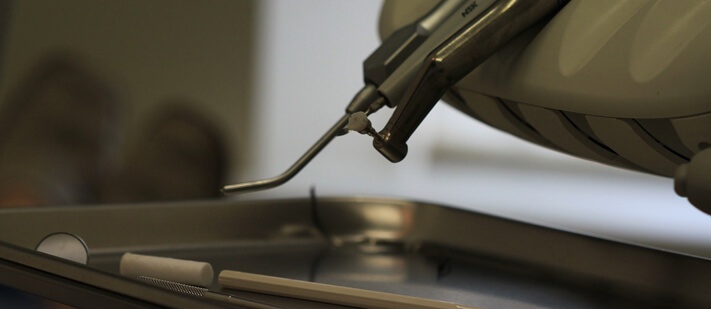[fusion_builder_container hundred_percent=”no” hundred_percent_height=”no” hundred_percent_height_scroll=”no” hundred_percent_height_center_content=”yes” equal_height_columns=”no” menu_anchor=”” hide_on_mobile=”small-visibility,medium-visibility,large-visibility” status=”published” publish_date=”” class=”” id=”” background_color=”” background_image=”” background_position=”center center” background_repeat=”no-repeat” fade=”no” background_parallax=”none” enable_mobile=”no” parallax_speed=”0.3″ video_mp4=”” video_webm=”” video_ogv=”” video_url=”” video_aspect_ratio=”16:9″ video_loop=”yes” video_mute=”yes” video_preview_image=”” border_color=”” border_style=”solid” margin_top=”” margin_bottom=”” padding_top=”” padding_right=”” padding_bottom=”” padding_left=”” type=”legacy”][fusion_builder_row][fusion_builder_column type=”1_1″ layout=”1_1″ spacing=”” center_content=”no” link=”” target=”_self” min_height=”” hide_on_mobile=”small-visibility,medium-visibility,large-visibility” class=”” id=”” background_color=”” background_image=”” background_image_id=”” background_position=”left top” background_repeat=”no-repeat” hover_type=”none” border_color=”” border_style=”solid” border_position=”all” border_radius=”” box_shadow=”no” dimension_box_shadow=”” box_shadow_blur=”0″ box_shadow_spread=”0″ box_shadow_color=”” box_shadow_style=”” padding_top=”” padding_right=”” padding_bottom=”” padding_left=”” margin_top=”” margin_bottom=”” animation_type=”” animation_direction=”left” animation_speed=”0.3″ animation_offset=”” last=”true” border_sizes_top=”0″ border_sizes_bottom=”0″ border_sizes_left=”0″ border_sizes_right=”0″ first=”true”][fusion_text columns=”” column_min_width=”” column_spacing=”” rule_style=”default” rule_size=”” rule_color=”” hue=”” saturation=”” lightness=”” alpha=”” content_alignment_medium=”” content_alignment_small=”” content_alignment=”” hide_on_mobile=”small-visibility,medium-visibility,large-visibility” sticky_display=”normal,sticky” class=”” id=”” margin_top=”” margin_right=”” margin_bottom=”” margin_left=”” fusion_font_family_text_font=”” fusion_font_variant_text_font=”” font_size=”” line_height=”” letter_spacing=”” text_transform=”none” text_color=”” animation_type=”” animation_direction=”left” animation_speed=”0.3″ animation_offset=””]
With time and continued use, all dental equipment will eventually need maintenance or replaced. Among the many types of dental equipment, handpieces are an essential part of a dentist’s tools. While every handpiece will need to be serviced at some point, properly maintaining your handpiece is important in your day-to-day operations, and will keep the service calls to a minimum.
Regular maintenance is a must for safety and ensuring operational reliability in your dental practice. Regular maintenance reduces downtime and costly unplanned repairs and your equipment is up-to-date and hygiene compliant. To keep a dental office up and running, implementing proper cleaning and sterilization techniques is crucial.
Here are some tips to maximize the potential of your dental handpieces in a cost-effective and preventive way.
Cleaning your handpiece surface
Wipe down the handpiece with a damp disposable cloth. A mild detergent is acceptable but make sure to run clean of all dirt, dust, and bio-matter before sterilizing. If there is still some bio-burden left on the handpiece, clean under running water using a brush. Flush water through the handpiece for 30 seconds in the operatory to clean out the internal water line.
Do not immerse the handpiece in water, disinfectant, or any ultrasonic cleaners. Dry the handpiece thoroughly using gauze, paper towel, or air syringe.
Lubricate the handpieces
Handpieces need regular application of lubricant to avoid quick degradation. Place a few drops of lubricant into the drive air hole of the handpieces and run the handpiece at a slow speed until only lubricant comes out of the head. Then continue to expel any excess lubricant through bearings and chuck.
To ensure you have run the handpiece long enough, install bur in a chuck and run the handpiece for 20 -30 seconds on a paper towel. Running the handpiece eliminates excess oil and prevents sluggish handpiece performance after sterilization.
For low-speed handpieces and electric attachments, lubricants should be sprayed into the handpiece from below. Install the attachment on a motor and run it to expel any debris. It is best to lubricate the motor of your device every 5 autoclaves.
For lube-free handpieces perform the above procedure using a handpiece cleaner rather than a lubricant. Clean both ends of the fiber-optic bundle with a cotton swab dipped in isopropyl alcohol.
Sterilization
Once all the debris and bio-burden are flushed, bag and sterilize the instrument according to the handpiece manufacturer’s instructions. Process it through an autoclave or chemical vapor sterilizer. Afterward, remove the handpiece and allow it to cool completely. Do not remove it from the sterilizer before the drying cycle is complete. Do not re-lubricate after sterilization.
Do not sterilize handpiece with bur inserted.
Do not dry heat or heat transfer sterilize.
Do not operate the handpiece without bur inserted in the chuck.
Dentists rely on high-performance handpieces to provide the best care to their patients. If you are not properly maintaining your equipment, bio-burden gets passed from patient to patient and you will most likely be facing more than a few malfunctions.
When you properly clean and maintain your handpieces, you can prevent hospital-acquired infection from bio-burden buildup and breakdowns. This will ensure that your handpieces last for many years and provide the best level of performance possible, and you will save you lots of money on repairs.
[/fusion_text][/fusion_builder_column][/fusion_builder_row][/fusion_builder_container]

